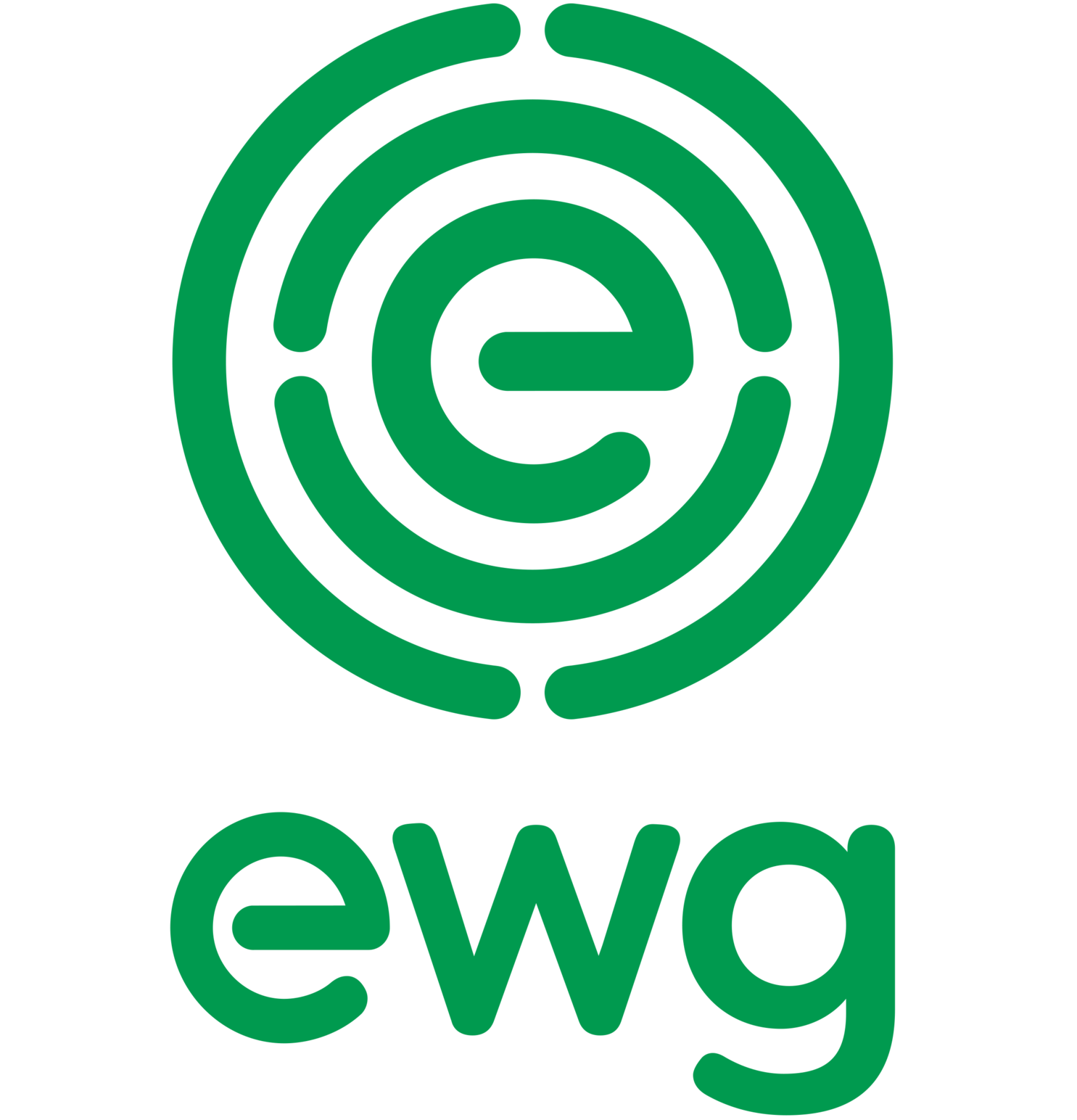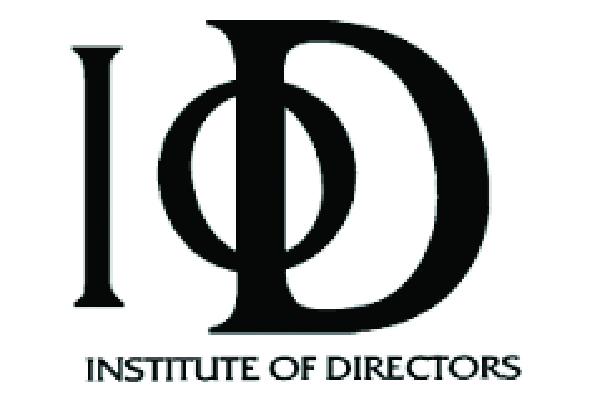
Blog
-
Geiger Readings for Jan 29, 2017
Ambient office = 61 nanosieverts per hourAmbient outside = 75 nanosieverts per hourSoil exposed to rain water = 76 nanosieverts per hourOrange bell pepper from Central Market = 126 nanosieverts per hourTap water = 126 nanosieverts per hourFilter water = 116 nanosieverts per hour -
Geiger Readings for Jan 28, 2017
Ambient office = 96 nanosieverts per hourAmbient outside = 117 nanosieverts per hourSoil exposed to rain water = 106 nanosieverts per hourAvocado from Central Market = 115 nanosieverts per hourTap water = 125 nanosieverts per hourFilter water = 97 nanosieverts per hour -
Geiger Readings for Jan 27, 2017
Ambient office = 97 nanosieverts per hourAmbient outside = 87 nanosieverts per hourSoil exposed to rain water = 100 nanosieverts per hourPineapples from Central Market = 176 nanosieverts per hourTap water = 140 nanosieverts per hourFilter water = 133 nanosieverts per hourCoho salmon – Caught in USA = 82 nanosieverts per hour -
Some U.S. Public Water Supplies Have Unsafe Levels Of Radium In The Water
Uranium is a very common element on Earth. It combines with many other elements to form a wide variety of minerals. There are deposits of uranium ore in many locations that can be mined. Uranium is a main contributor to background radiation that is found in varying amounts all over the Earth.
There is a tiny amount of radium mixed in with naturally occurring uranium. All isotopes of radium are highly radioactive. The most stable isotope of radium is radium-226 which has a half-life of sixteen hundred years. R-226 decays into radon which is a gas.
The Environmental Working Group (EWG) website says that the EWG is a non-profit, non-partisan organization dedicated to protecting human health and the environment. They have just released the results of an important study on radioactive elements in U.S. drinking water. The study was conducted between 2010 and 2015.
The EWG investigation found that over half of the drinking water available in the U.S. contains radioactive elements. During the investigation, the EWG tested almost fifty thousand public water systems. They estimated that the water consumed by over one hundred and seventy million citizens of the U.S. contain radioactive elements. The EPA sets safe limits for such elements in drinking water and twenty-seven states have water supplies in which the radioactive elements exceed what is considered safe by the EPA.
The most common element that was found in drinking water by the EWG was radium. Radium is dissolved out of soil and rock by the passage of water. Radon gas is also released into underground water as the radium decays. In areas where the Earth is shocked and strained by the process of fracking, the amount of radium in the water is greater. Radium releases ionizing radiation which is potentially carcinogenic which means it can cause cancers.
The EWG found that in one hundred and fifty-eight public water supply systems used by two hundred and seventy-six thousand U.S. citizens, the level or radium is greater than that allowed by the EPA. The EPA requirements say that there should not be more than seventy cases of cancer caused by drinking water out of one million consumers. Texas was found to be the state with radium in the most water supplies. It is estimated that about eighty percent of Texans have some radium in their water supply.
The EPA guidelines for safe drinking water have been criticized as being too lenient. In 2006, California released much more stringent requirements for safe levels of radium than the EPA. The California standards say that there should not be more than one case of cancer caused by drinking water in a million consumers. By these standards, over one hundred and twenty-two million people nationwide are drinking water with too much radium in it.
A senior science advisor with EWG issued a statement that said, ““Most radioactive elements in tap water come from natural sources, but that doesn’t take away the need to protect people through stronger standards and better water treatment.” “Millions of Americans are drinking water with potentially harmful levels of radioactive elements, but the outdated federal standards mean many people don’t know about the risk they face when they turn on the tap.”
The EWG has created this interactive map of U.S. water supplies that contain radium.
-
Geiger Readings for Jan 26, 2017
Ambient office = 94 nanosieverts per hourAmbient outside = 105 nanosieverts per hourSoil exposed to rain water = 105 nanosieverts per hourRoma tomato from Central Market = 130 nanosieverts per hourTap water = 93 nanosieverts per hourFilter water = 87 nanosieverts per hour -
Radioactive Waste 328 – United Kingdom Having Problems Finding A Site For A Geological Repository
One of the biggest problems with nuclear power is disposing of the spent nuclear fuel. Thirty nations are running nuclear power reactors and spent nuclear fuel is piling up in all of them. While there have been test geological repositories built, there is no commercial storage for high-level nuclear waste such as spent fuel anywhere in the world. In the U.S., it is unlikely that there will be a geological storage for such waste until 2050 at the earliest. The United Kingdom is currently working on the creation of a geological repository but there have been problems with siting.
It is estimated that the U.K. has over eight hundred thousand cubic yards of nuclear waste generated by nuclear power plants and the production of nuclear weapons. They have decided that a geological repository would be the best and cheapest way to deal with the backlog of nuclear waste as well as nuclear waste that will be generated. There are five new nuclear power reactors being constructed or planned which will add their own waste to the total. It is estimated that the U.K. geological repository will cost about seventeen billion dollars. This will be considerably cheaper than continuing to store the waste at the current thirty sites.
The Institute of Directors is a U.K. business organization for company directors, senior business leaders and entrepreneurs. It was founded in 1903 and is the oldest organization for professional leaders. A representative said that “Running costs for a geological disposal facility storing the waste 1,000 yards below the surface would be significantly lower,” than surface storage.
In 2013, the U.K. embarked on a search for a site for the proposed geological repository. They narrowed it down to Copeland and Allerdale borough councils in Cumbria and Shepway District Council in Kent. Unfortunately, all three of these locations ultimately rejected the opportunity to host the geological repository.
The U.K. decided to try to convince some community to take the waste for one and a half million dollars a year that could be applied to such things as skill training or apprenticeships. The payments could rise to three and a half billion dollars as communities considered the proposal. It is expected that the payments would last for up to five years.
Local communities around England, Wales and Northern Ireland will be offered the money to host the proposed geological repository. A test of public support would be necessary in order for the proposal to go forward. One such test would be a local referendum at a proposed location to ensure that a majority of the citizens in that area actually wanted to have the geological repository nearby. Local authorities, labor unions and businesses have welcomed the new plan to site the repository.
The U.K. Minister of Energy said: “We owe it to future generations to take action now to find a suitable permanent site for the safe disposal of our radioactive waste. And it is right that local communities have a say.”
The chief scientist of Greenpeace in the U.K. said “Having failed to find a council willing to have nuclear waste stored under their land, ministers are resorting to the tactics from the fracking playbook – bribing communities and bypassing local authorities.”
The U.K. Minister of Energy said: “We owe it to future generations to take action now to find a suitable permanent site for the safe disposal of our radioactive waste. And it is right that local communities have a say.”
The chief scientist of Greenpeace in the U.K. said “Having failed to find a council willing to have nuclear waste stored under their land, ministers are resorting to the tactics from the fracking playbook – bribing communities and bypassing local authorities.” “With six new nuclear plants being planned, the waste problem is just going to get much worse. Since there is no permanent solution for the disposal of spent nuclear fuel, the responsible thing to do would be to stop producing more of it instead of just passing the radioactive buck to future generations.”





